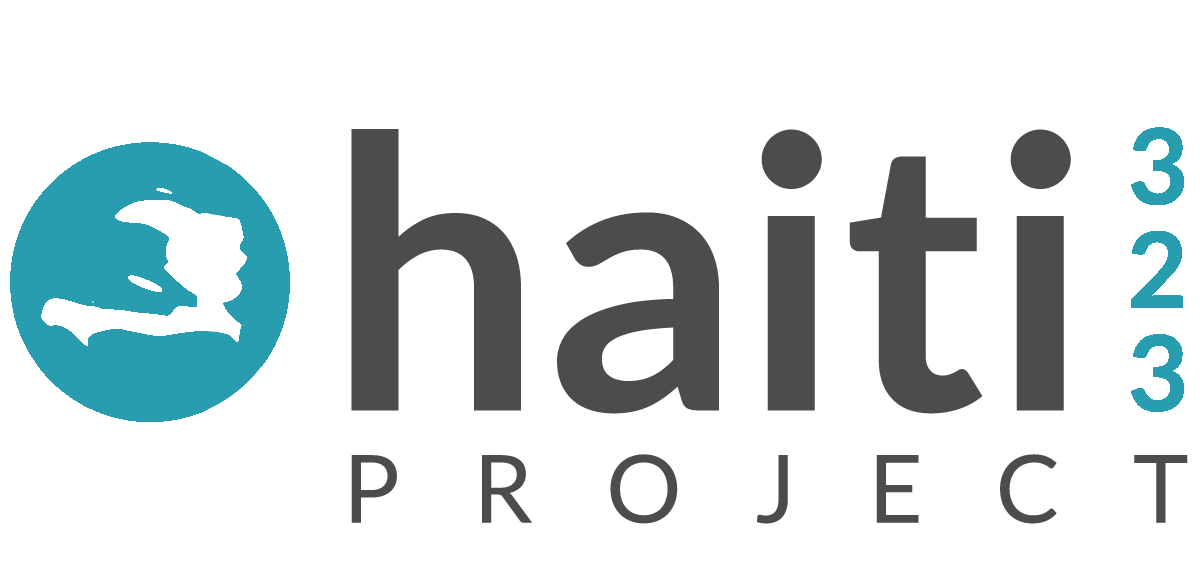At the end of my 8th grade year we selected foreign language classes for our freshman year. Spanish would have been a good choice, and something I could have used on a daily basis, but instead I signed up for French. My friends were taking it and we all thought it would be fun to learn the "Language of Love." Well I survived four years of French in high school, and if you were in class with me, then you know that "survived" is an accurate description. To put it plainly, I wasn't very good - probably the worst in the class my senior year.
As if four years wasn't enough, I decided to take another three semesters in college to fulfill my foreign language requirement. I did much better in college - straight As. I even briefly considered minoring in French (ha, very briefly).
Little did I know that years later all of those French classes would help me with learning Haitian Creole, which is based largely on French, with influences from various West African languages. It has been one of Haiti's official languages, along with French, since 1961.
I've been studying Haitian Creole periodically since my trip in 2012. I thought I'd share a few of the resources I use. Learning just a few words can dramatically change your experience. I'd encourage anyone traveling to Haiti to at least watch the video above and try to pick up a few words to use while you're there.
HaitiHub - Online Haitian Creole courses
Sweet Coconuts Blog - Free resource and learning site for learning Haitian Creole
byki - Haitian Creole mobile app
Creole Made Easy Book - A simple introduction to Haitian Creole for English speaking people


